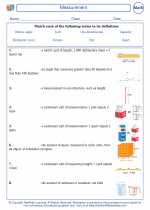Prism: Definition and Properties
A prism is a three-dimensional geometric shape with two parallel and congruent polygonal bases connected by lateral faces. The lateral faces are parallelograms. Prisms are named based on the shape of their bases. For example, a prism with a pentagonal base is called a pentagonal prism.
Parts of a Prism
1. Bases: The polygonal shapes at the top and bottom of the prism.
2. Lateral Faces: The parallelograms that connect the corresponding sides of the bases.
3. Height: The perpendicular distance between the bases.
Types of Prisms
There are various types of prisms based on the shape of their bases:
- Triangular Prism: Bases are triangles.
- Rectangular Prism: Bases are rectangles.
- Pentagonal Prism: Bases are pentagons.
- Hexagonal Prism: Bases are hexagons.
Formulas for Prisms
1. Volume of a Prism: V = Base Area x Height
2. Surface Area of a Prism: SA = 2(Base Area) + (Perimeter of Base x Height)
Example Problems
1. Find the volume of a rectangular prism with a base area of 20 square units and a height of 8 units.
Answer: V = 20 x 8 = 160 cubic units
2. Calculate the total surface area of a triangular prism with a base perimeter of 12 units, base area of 24 square units, and a height of 10 units.
Answer: SA = 2(24) + (12 x 10) = 48 + 120 = 168 square units
Practice Questions
1. Find the volume of a hexagonal prism with a base area of 36 square units and a height of 5 units.
2. Calculate the total surface area of a pentagonal prism with a base perimeter of 25 units, base area of 60 square units, and a height of 12 units.
Feel free to reach out if you need further explanation or practice problems!
.◂Math Worksheets and Study Guides Fourth Grade. Measurement

 Activity Lesson
Activity Lesson
 Activity Lesson
Activity Lesson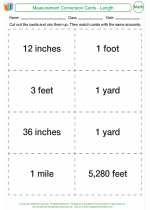
 Activity Lesson
Activity Lesson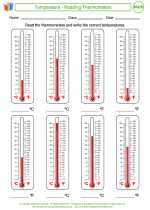
 Worksheet/Answer key
Worksheet/Answer key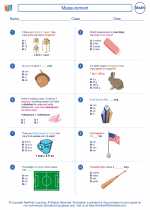
 Worksheet/Answer key
Worksheet/Answer key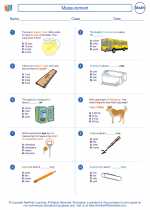
 Worksheet/Answer key
Worksheet/Answer key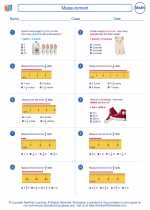
 Worksheet/Answer key
Worksheet/Answer key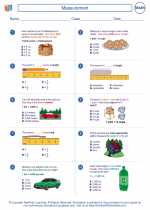
 Worksheet/Answer key
Worksheet/Answer key
 Worksheet/Answer key
Worksheet/Answer key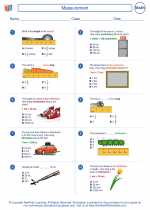
 Worksheet/Answer key
Worksheet/Answer key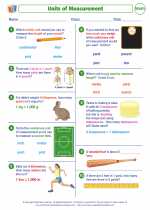
 Worksheet/Answer key
Worksheet/Answer key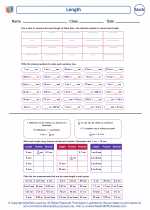
 Worksheet/Answer key
Worksheet/Answer key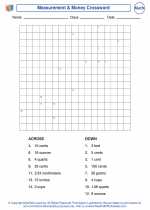
 Worksheet/Answer key
Worksheet/Answer key
 Vocabulary/Answer key
Vocabulary/Answer key
 Vocabulary/Answer key
Vocabulary/Answer key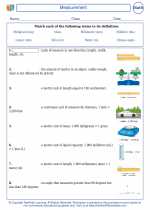
 Vocabulary/Answer key
Vocabulary/Answer key